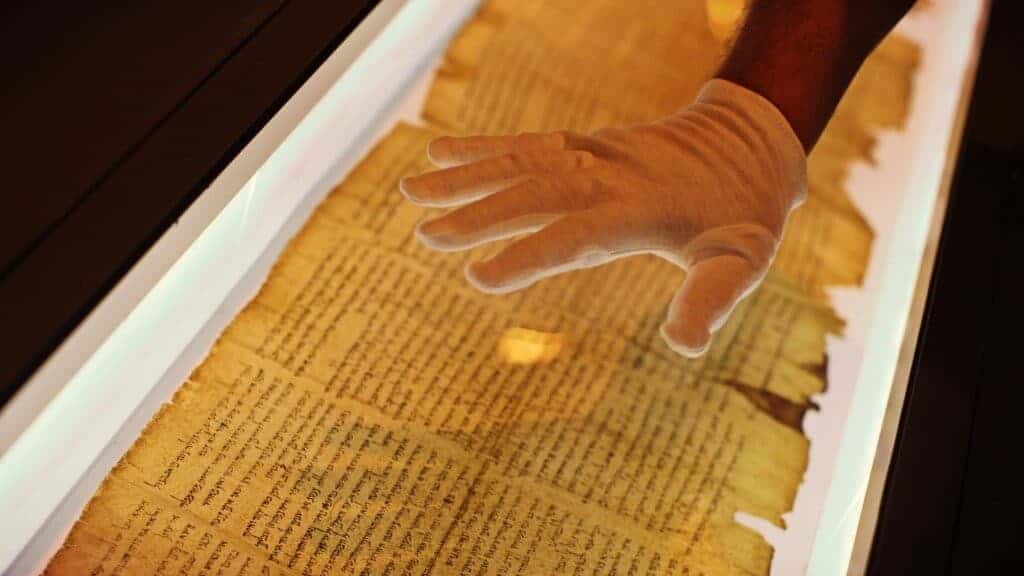The Dead Sea Scrolls, those enigmatic texts that have captivated scholars and laypeople alike for decades, are now presented to the world in a revolutionary form, thanks to digitalization.
Digital Revolution: The Dead Sea Scrolls Accessible to All
Bridging Past and Future: Their Striking Digitization
This technological leap, driven by a collaboration between Google and the Israel Museum, marks a milestone in democratizing access to historical knowledge.
Google’s initiative, renowned for its expertise in document digitization, has ushered these ancient manuscripts into the digital age.
The project enabled the creation of ultra-high-resolution images, specifically 1,200 megapixels, of five key manuscripts. Among them are the Temple Scroll and the Great Isaiah Scroll.
Ardon Bar-Hama, a distinguished antiquities photographer, used advanced techniques to capture these images, employing special flashes with a brief exposure of 1/4000 of a second. This method protects the manuscripts from potential light damage.
The Dead Sea Scrolls discovered between 1947 and 1956 in 11 caves along the Dead Sea coast near Jerusalem, are crucial for understanding not only religious history but also aspects of secular life in the 1st and 2nd centuries.
Mostly written on papyrus or parchment, these documents contain the oldest versions of some biblical texts and a variety of writings related to the everyday life of that era.
From the Temple to the Apocalypse: The Dead Sea Scrolls Online
Now, thanks to Google, the public has free access to these documents. The online texts include:
- The Temple Scroll: outlines plans for the construction and operation of the Temple. It is written on thin animal skins.
- The War Scroll: one of the earliest scrolls found, it describes the Apocalypse, particularly the day when Archangel Michael leads the “Sons of Light” against the “Sons of Darkness.”
- The Community Rule Book: also known as the discipline manual, it’s a guide for the “community,” likely the Jewish Essene sect.
- The Great Isaiah Scroll: the best-preserved of all biblical manuscripts, it contains a Hebrew version.
- The Habakkuk Commentary: interprets the first two chapters of Habakkuk.
Google: A Pioneer in Digitization with a Touch of Controversy
Google is no stranger to projects of this magnitude. Previously, it participated in the digitalization of artworks through the Art Project, gathering high-resolution images of paintings from galleries worldwide.
It also collaborated in creating virtual tours of Spain’s Prado Museum through Google Earth and in digitizing documents from the Yad Vashem Holocaust History Museum. However, these efforts have not been without controversy.
Google faced legal challenges in its ambitious project to scan all the world’s books. A copyright infringement lawsuit filed by the Authors Guild of the USA led to a $125 million settlement. Moreover, writers from the UK, Australia, and Canada recently initiated legal actions against U.S. universities for compiling an online library with texts scanned by Google.
The digitalization of the Dead Sea Scrolls by Google represents not only a significant technological advance but also underscores the importance of preserving and making accessible humanity’s cultural heritage. This project serves as a powerful reminder of how technology can be an invaluable tool for education and the preservation of knowledge.

